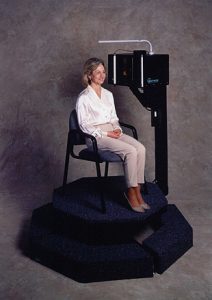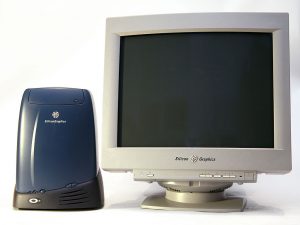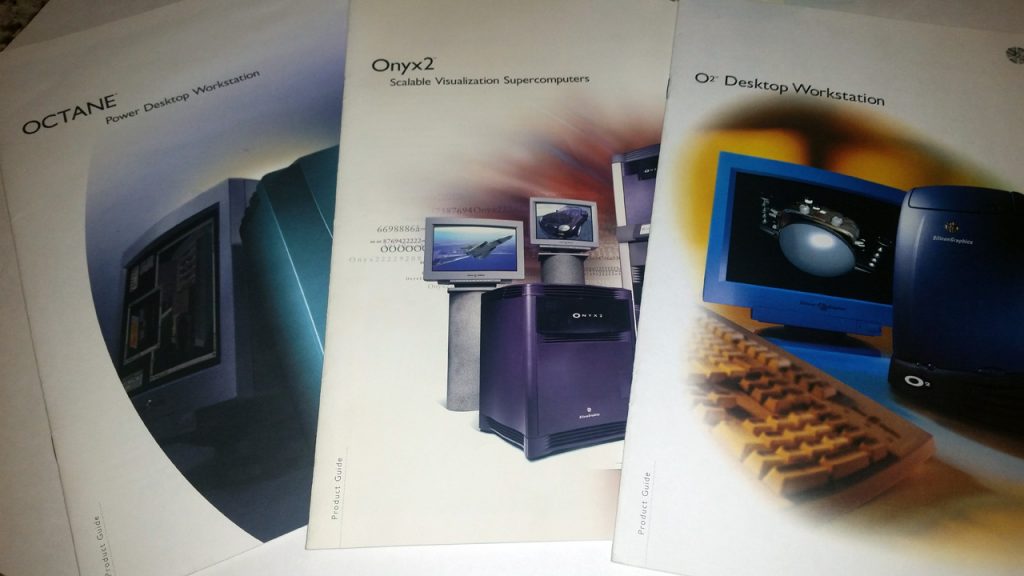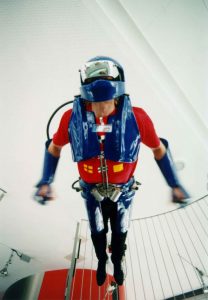1996 – 2016: My First 20 Years On The Internet
20 years ago, in September of 1996, I was sitting at a table in a small cafe in Graz, Austria, across from my mentor, sipping a cappuccino, enjoying the last warm days of what would turn out to be the most important summer of my life.
“I’m so excited you’re going to meet my mentor today. He will be joining us any minute”, my mentor said, adding: “I wouldn’t be here doing what I do, being who I am, without him. He believed in me. I owe him everything.”
5 years earlier, in late 1991, I got introduced to the world of computers after striking up a conversation with the only guest at the place I was bartending at at that time (come on, no good story starts in a coffee shop…).
This guy looked nerdy, slightly uncomfortable and a little out of place at our trendy, hip techno venue. And since the university in my home town had just added a new “Computer Tower” which attracted computer science students from all over, chances of him attending this new part of the university were close to 100%. Bingo.
“So what do you guys do all day in that fancy new computer tower over there?” I asked. “Oh, most of the time I talk to people all over the world on the computer. We exchange information. Ideas, research, pictures, and sometimes we just chat,” he replied.
“Suuuuure”, I said, looking around for something else to do, hoping to somehow get out of the conversation.
“For real,” he said. “I can show you”. And the rest is proverbial history.
Fast forward 5 years, to that little cafe.
A few months earlier I had published my first website. Who else in 1996 had a website? (approx. only 99,999 other people) 1 I felt great.
The website was about me, my motorcycle, my travels and my cats. Similar to what people nowadays put on facebook every day. And it was one of the reasons I was sitting at that table that day.

Cyberware 3D Scanner (http://cyberware.com/products/scanners/ps.html)
But these two guys I was sharing the table with were already looking far beyond what the general public knew and thought about computers and the internet. More than that, as they had already started to implement their ideas, built this amazing Silicon-Graphics-supplied-and supported computer lab and were now looking for ways to make it more interesting, accessible and valuable.
It had only been a few days since I had been introduced to this brand-new, state-of-the-art institute and its equipment – video editing systems and software, 3D-Visualization systems and 3D-modeling software and much more – and their plans to make all this wonderful technology available to everyone (Well, everyone who could afford the classes.).
And I was supposed to sell and promote it all as their spokesperson in a series of commercial/promotional videos, produced right there, using their own equipment – including their own blue screen (nowadays green screens are more common).

SONY ES-3
I was still trying to get acquainted with the terminology. The specs. The ins and outs and hows and – most importantly – the whys. Why should anyone be interested in all that? What is it all good for? And who needs more than 640K of memory anyway? 2
Most of what was said that afternoon went way over my head. Boy, did I feel stupid.
I don’t remember the majority of the conversation. Only bits and pieces about this technology or that, the usability of this and the future of that.
But one thing the professor said I will never forget:
“In 20 years, we will all be wearing computers on our wrists, like watches. They won’t be a lot bigger than a wristwatch either. And they will be 100 times more powerful than the systems we currently have in our labs.”
Considering the computer power we had available at the institute that was a pretty tall order.
But once again, this outside-the-norm, far-beyond-one’s-time thinker and innovator was more than right. And it only took 11 years.
Because on June 29, 2007, Apple released their first iPhone.
Now, in 2016, almost 10(!) years since Steve Jobs’ presentation at MacWorld in 2007, everything and everybody is connected, all the time.
Finally, the three As I had mentioned so many times over the years have made the internet of today possible: Availability, affordability and accessibility. A few visionaries and their products changed the way we live our lives, how we see the world, how we get our news etc etc – at least for most of us.
What was absolutely groundbreaking in 1996 – installations like Humphrey, the Flight Simulator or The CAVE, an interactive, “multi-person, room-sized, high-resolution, 3D video and audio environment”, have long since become expected norm. People don’t worry about having to make it work anymore – they simply expect it to work.
New technology and falling prices have made VR gear accessible to everyone. Right now you can get an Oculus Rift for $599 and the Samsung Gear VR only costs $99.
I remember it took a few trips to the Ars Electronica Center to be able to try Humphrey or to experience the CAVE due to the frequent software crashes.
Now you go buy the gear, plug it in, and voila – there’s your personal, immersible VR experience.
Sure, someone still needs to create the visuals, develop the underlying software and the hardware, but in 1996 you couldn’t just take the headset home and plug it into your PC, your game console or your Smartphone. The technology didn’t exist. You needed a room full of hardware and a bag full of money to create and run a VR experience back then.
Consider this press release from 1996: “Effective immediately, SGI’s Onyx RealityStation is priced at $59,900, a 45 percent reduction from $109,900. The Onyx RealityEngine2 costs $118,888, down 40 percent from nearly $200,000. SGI is immediately cutting prices for these products on its General Services Administration Schedule A contract as well.”
Full article: SGI slashes prices (1996)
And here’s an SGI price list from 1996.

Kids today grow up with mankind’s complete information archive at their fingertips. They don’t know that not that long ago we couldn’t “google that real quick”. Or that we had to use large, intricately folded pieces of printed paper when we wanted to go on a read trip (and didn’t want to get lost).
20 years later is an appropriate time to look back at this great opportunity I was given that afternoon – which means 20 years ago was the fist time I got paid to “do work online”.
 I was able to watch the internet grow to what and where it is today almost from the very beginning.
I was able to watch the internet grow to what and where it is today almost from the very beginning.
I was able to create, contribute and learn without limitations; I got to work and play with cool and innovative toys, experiment and test to my heart’s content using environments that were right out of a computer nerd’s wet dream.
I placed my first order on amazon.com in 1998 (and amazon still has the order details!).
I’ve seen the good, the bad and lot of ugly.
I’ve seen trends come – and disappear even quicker.
I’ve seen people make a lot of money online, I’ve seen others lose even more.
I’ve seen success stories and failures, and companies whose products we used and loved not make it.
So this is to 20 years of working on and with the internet.
To all the highs and all the lows, the dot-com boom and the dot-com bust, the browser wars, the standards and the quasi-standards. To the ones who succeeded and to the ones who failed, and particularly to the ones who tried. To all the developers and the system administrators and everybody else who keeps the internet alive, our devices connected and our connected world turning.
And of course a big Thanks to all the users, because without you we wouldn’t have jobs.
But most of all, I want to thank my mentor, because:
I wouldn’t be here doing what I do, being who I am, without him. He believed in me. I owe him everything.
Those were some fantastic 20 years.
I’m ready for the next 20.
PS: The TV spots were a great success; and after being offered a teaching position in 1997, I continued teaching there until 2003.
Resources/Graveyard:
Netscape: https://en.wikipedia.org/wiki/Netscape
sgi: https://en.wikipedia.org/wiki/Silicon_Graphics
sgi Onyx 2: https://en.wikipedia.org/wiki/SGI_Onyx2
SONY ES-3 Edit Station: http://www.camryuae.com/eng/prdtdetail.asp?prdt=14064
Humphrey the Flight Simulator (1996): http://www.aec.at/futurelab/en/project/humphrey/ – Link is no longer working :(
Some pictures and some history about the AEC can be found here: https://www.slideshare.net/gerfriedst/ars-electronica-and-linz
Cyberware 3D Scanner: http://cyberware.com/products/scanners/ps.html – Link no longer working :(
Some more details can be found here: https://www.researchgate.net/figure/The-Cyberware-Head-Face-Colour-3D-Scanner-9-and-the-scanning-process-Two-of-the_fig1_4309525
and here: https://people.ucalgary.ca/~dgadbois/3DScanner.html
the CAVE (original, 1996): http://humanitieslab.stanford.edu/69/Home – Link no longer working :(
Please refer to this document here: https://www.slideshare.net/gerfriedst/ars-electronica-and-linz
the CAVE (1999): http://www.aec.at/futurelab/en/project/cave/ – Link no longer working :(
Maya: https://en.wikipedia.org/wiki/Autodesk_Maya
Alias|Wavefront: https://en.m.wikipedia.org/wiki/Wavefront_Technologies
1 – Sources say there were approx. 100,000 websites available in 1996
2 – Did he or didn’t he say it?










